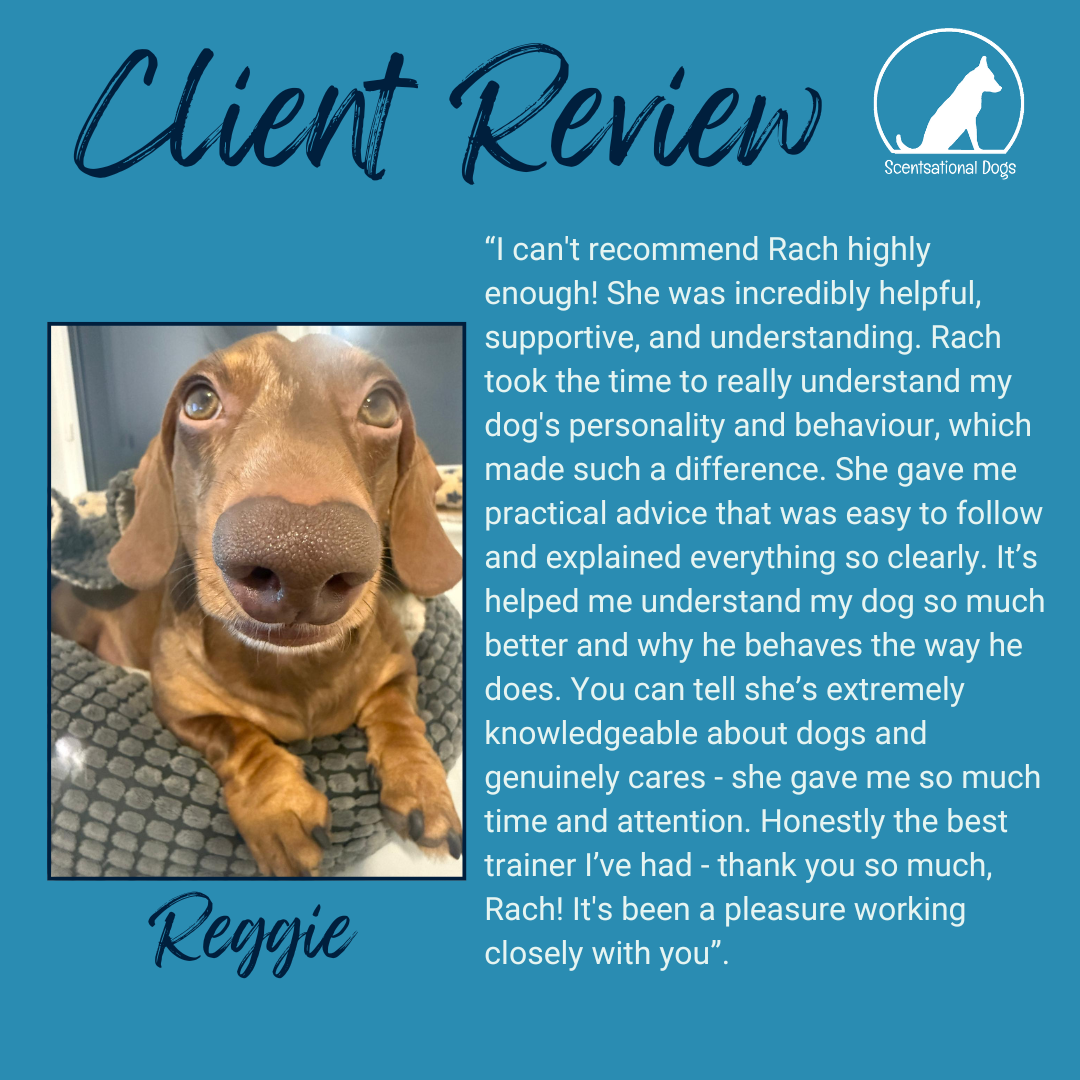Behaviour Support
As a Candidate Member at the Fellowship of Animal Behaviour Clinicians (FABC) I have the theoretical knowledge necessary for undertaking clinical animal behaviour work and am currently gaining the necessary practical experience to become a Certified Clinical Animal Behaviourist (CCAB).
I am currently only seeing behaviour cases through the Lincoln Animal Behaviour Clinic where I work part time. More information regarding the referral process and clinic can be found here: https://animalbehaviourclinic.lincoln.ac.uk/.
Types of Problem Behaviour
Unwanted (including aggressive*) behaviours
Towards people including the vet or groomer
Towards dogs (or other pets)
Over items (resource guarding)
Attention-seeking behaviours
Fear/anxiety behaviours
Noise sensitivity (e.g. fireworks, traffic)
Fearful behaviour when at the vets or groomer
Fear of the car/travelling
Fearful of novel environments
Other fearful or phobic behaviour
Separation-related problems
House-soiling when left home alone
Destruction of property, doors, windows
Excessive vocalisations (barking, whining, howling)
Inability to relax when left home alone
Abnormal/Repetitive behaviours
Tail/shadow chasing
Spinning
Chewing/self-mutilation
Ingesting non-food items
Night time waking
*Aggressive behaviours include: lunging, barking, growling, bearing teeth, air snapping and biting.

Insurance Claims
Behaviour Assessments
The following steps briefly outline how a behaviour assessment is undertaken. For more information and advice on how to choose the right behaviourist can be found on my blog here.


